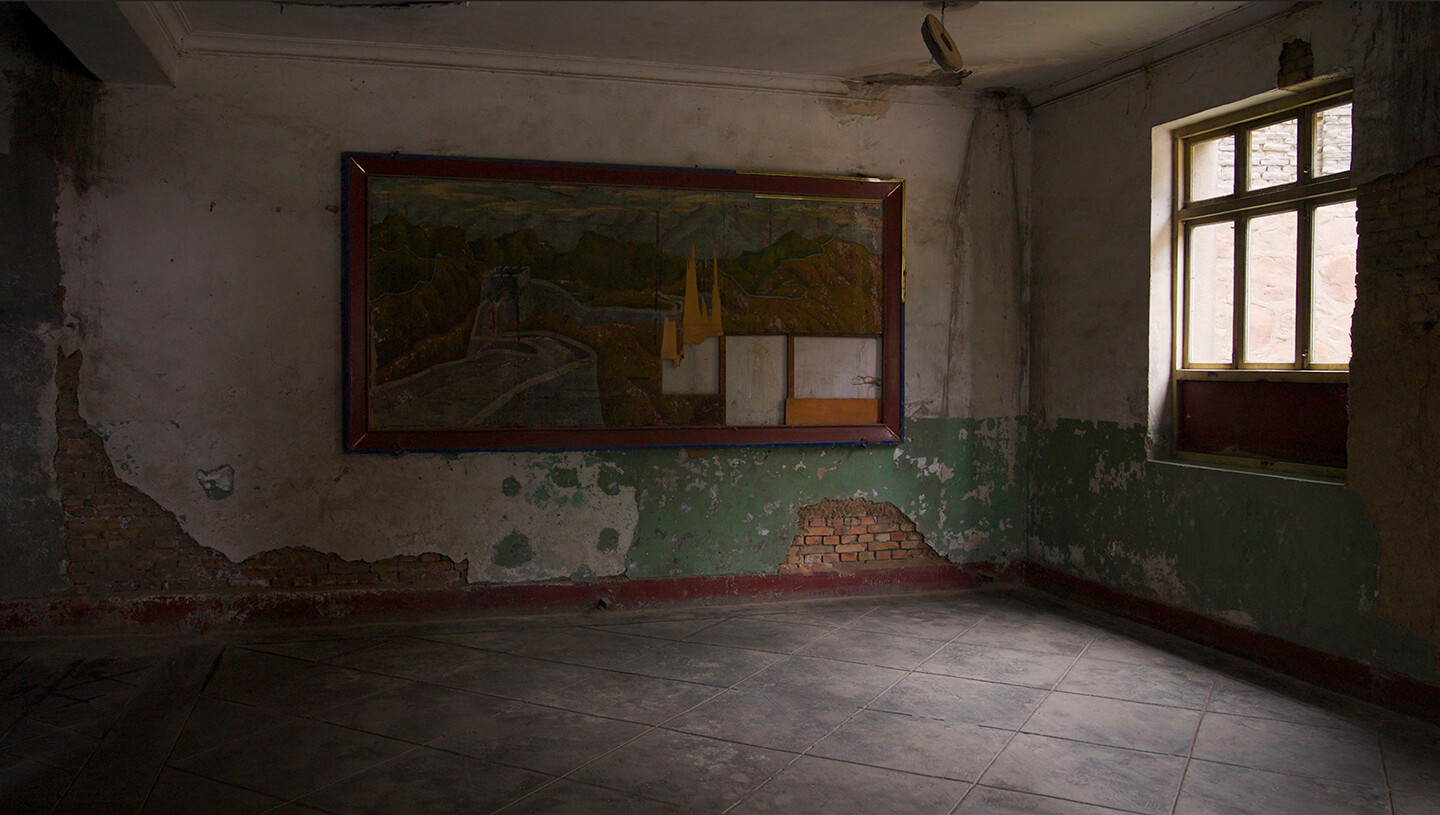“Who Owns Nature?” Series
November 3, 2024–February 23, 2025
798 Art District
706 N. 1st St., 2 Jiuxianqiao Rd., Chaoyang District
100015 Beijing
China
Hours: Tuesday–Sunday 10:30am–6pm
T +86 131 6126 1217
macallineart@macallineart.org
Artists: Josephine Baker, Julius von Bismarck, Kent Chan, Chloé Delarue, Femke Herregraven, Sonia Levy, Vibeke Mascini, Jonas Staal, Xi Lei, Zhuang Hui, Zheng Yuan
Curator: Yang Beichen
MACA (Macalline Center of Art) is pleased to present the final chapter of the “Who Owns Nature?” series, Gaia Should Be Safe, on view from November 3, 2024, to February 23, 2025. This exhibition explores radical human attempts to reshape nature through perspectives on agriculture, hydraulic engineering, infrastructure, and climate control, speculating on whether the Gaia remains unharmed. The first and second chapters of the “Who Owns Nature?” series, Multispecies Clouds and Elemental Constellations have already taken place in 2022 and 2023.
The year was 1956, a period of rapid development for the newly founded People’s Republic of China. In June of that year, Mao Zedong headed South to inspect the ongoing construction of the Wuhan Yangtze River Bridge and enjoyed the Yangtze water through three remarkable swims. The Southern Tour inspired the Chairman–poet to compose the famous Prelude to the Water Melody: Swimming. The poem’s final line, from which the title of this exhibition is derived, reads: Should the goddess be safe and sound, she’ll view th’ changing world with surprise. In reference to the Goddess Peak overlooking Wu Gorge, one of the Three Gorges on the Yangtze, the figure of “the goddess” also suggests another layer of meaning, echoing the myth of infrastructural development that marked those early days of socialist China. A monument of and by nature, the Goddess Peak stood in as a crucial referent for this myth, embodying the human ambition to conquer nature, transform the landscape, and create a new world. Meanwhile, the agency of non-human existence seems to also have been activated through and involved in this transformative process.
The body of the goddess grows as she is continuously planned, designed, and governed, having reached an increasingly planetary scale, a result of the ongoing project of complex and intense terraforming. Man-made megastructures such as reservoirs, dams, canals, solar farms, digital base stations, undersea cables, deep-sea fishing operations, energy extraction sites, and artificial islands have become monuments themselves, inscribed by the concomitant shifts in climate, geopolitics, and socio-economic conditions. We must admit that the shaping and reshaping of the Earth has rendered it somewhat “alien,” gradually transforming it into an entirely different planet. She is no longer our “Blue Marble Garden,” but a hyper-mediated cybernetic system.
It is within this context the exhibition Gaia Should Be Safe unfolds. It seeks to outline the definition of an “Expanded Geoengineering” and locate the political and poetic significance of this concept, situating the intervention and transformation of the Earth’s ecological and climate systems within the broader praxis of humankind. The works on view bring together perspectives from agriculture, hydraulic engineering, infrastructure, and climate control, proposing diverse forms of perception and imagination. Together, they invite a speculative debate around the very question: is Gaia, the goddess of Earth, truly unharmed? As the concluding chapter of Who Owns Nature?, the exhibition engages in close dialogue with the preceding two installments, while focusing on humankind’s radical attempts to transform nature. An inextricable part of the history of humankind, these attempts have also attested to the ultimate entanglement of the human and non-human worlds. Perhaps, the real question underlying the exhibition should be: has the goddess undergone a complete rebirth through this process transformation?
Gaia Should Be Safe is curated by MACA Director Yang Beichen, with support from Associate Curator Wang Jianan and Assistant Curator Chen Yindi. Special thanks to Sino-Ocean Charity Foundation, Pro Helvetia Shanghai, the Swiss Arts Council, and the Embassy of the Kingdom of the Netherlands for their support of the exhibition.












